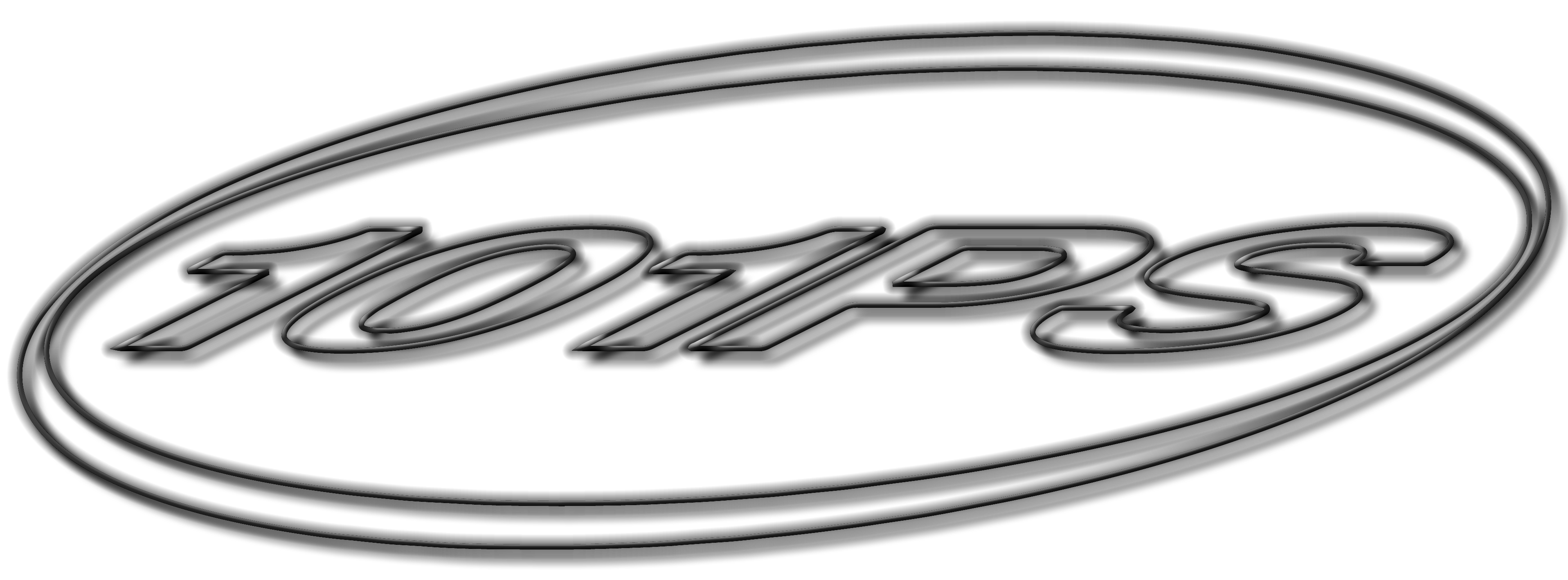AGGREGAT
Analogue, digital, female, male, solid, fluid: once again, Jana Manfroid and Hannah Kuhlmann will be presenting young design talents at Kunsthaus Rhenania. After its predecessor Homo Ludens (PASSAGEN Prize 2018), Aggregat is the curators’ second PASSAGEN project. Designers and artists explore the pushing of boundaries and test the resilience of clear structures with exhibits at the intersection of furniture andinstallation.
14.01–20.01.2019
VERNISSAGE:
14.01.2019 6PM
music by DIANA Kollektiv
PERFORMANCE:
Sophia Seiss Sophia Schach & Julia Brüssel.
ADRESS:
Alte Feuerwache
Melchiorstraße 3
50670 Cologne
Germany
VISUAL IDENTITY
Marina Hoppmann & Martin Major
http://www.marinahoppmann.com, www.martinmajor.com
Marina Hoppmann & Martin Major
http://www.marinahoppmann.com, www.martinmajor.com
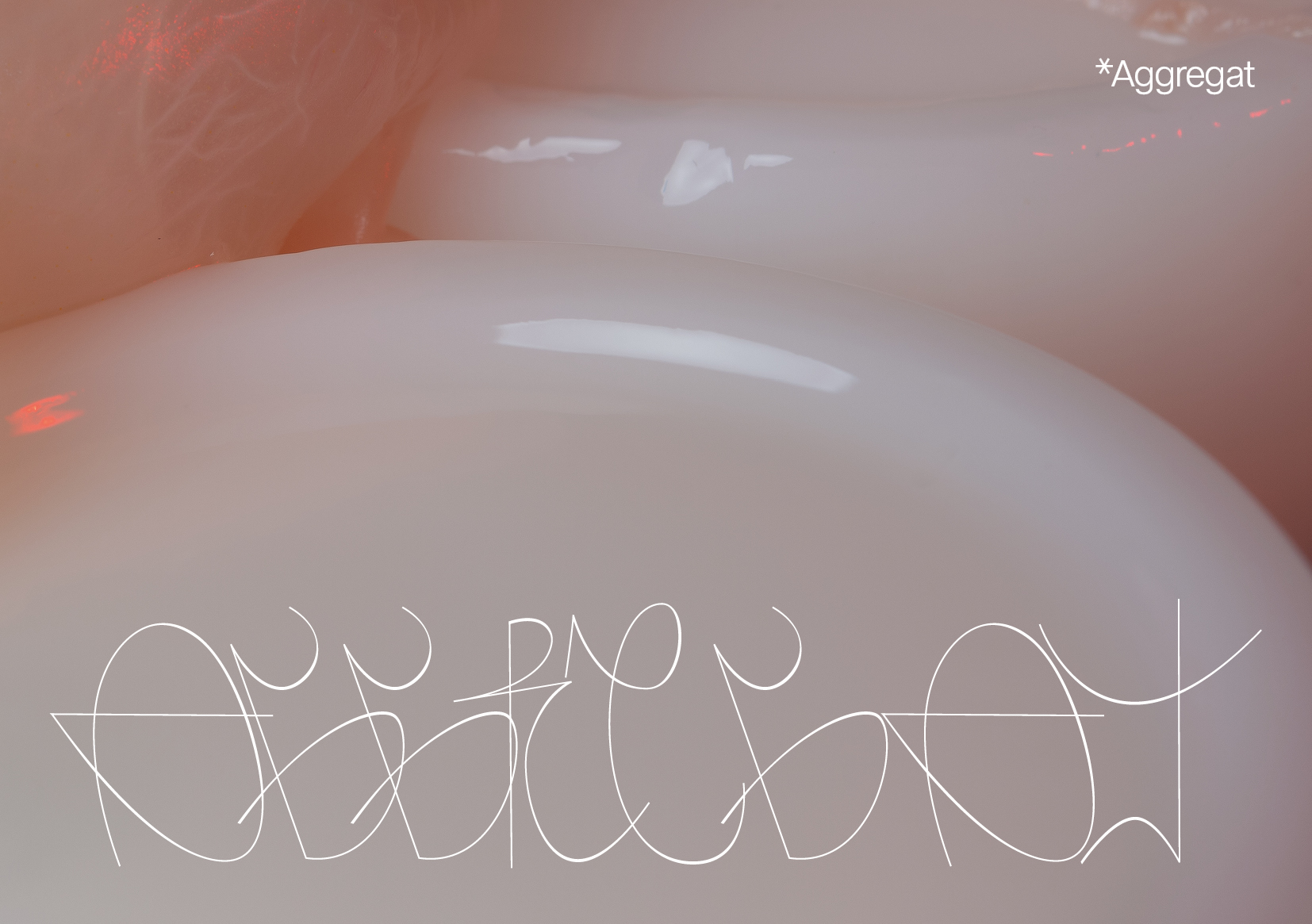

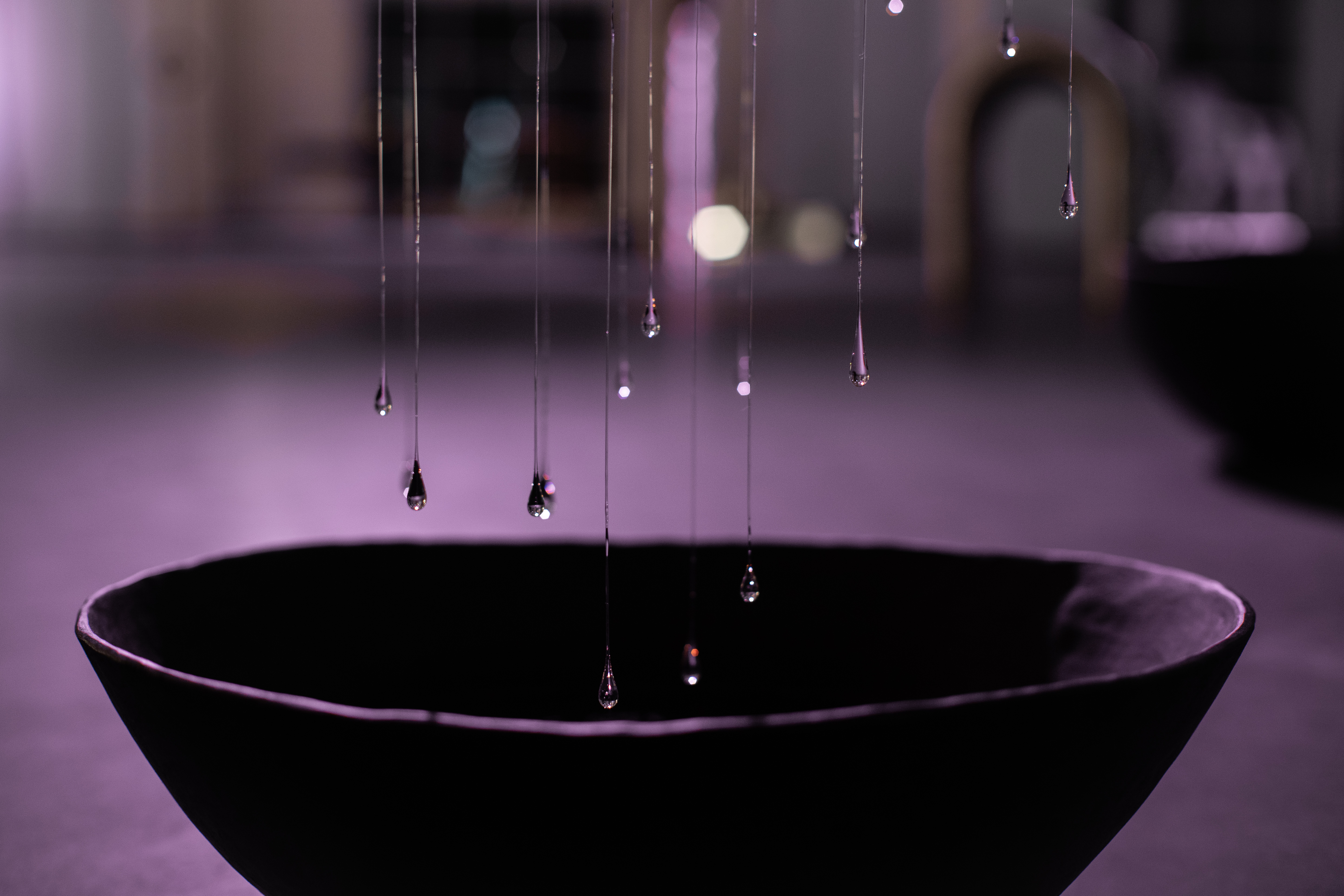
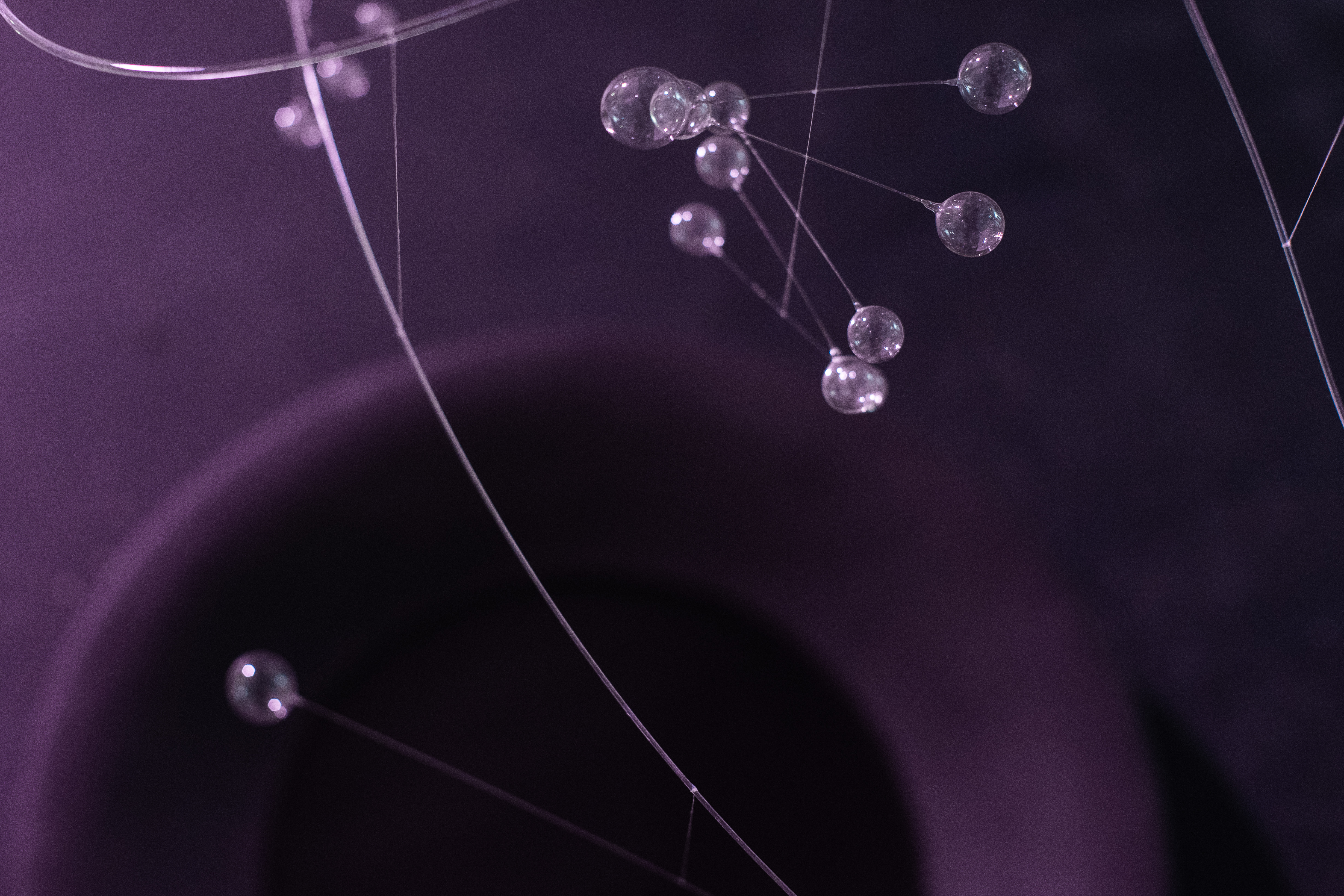
TEMPORARY TEA ROOM - GLASS WORKS”
Anne Büscher
The Tea Room is a contemporary take on the traditional format of the teahouse, conceived by artist Anne Büscher, where visitors are invi- ted to participate in a tea ceremony to explore the sentience of ma- terial collectively.
The open space of the gallery as well as the water behind the window become a stage for the material to perform. An ephemeral community surrounds fragile glass works hanging above ceramic bowls. The ob- jects in the exhibition become tea utensils.
The glass mobile is a hanging or floating sculpture.
Each mobile is unique and handblown. The arrangement is composed of very thin, hand blown glass drops, bubbles or strings bending through gravity, emphasizing the inherent flexibility of glass.
Each of my works can be seen as an artistic experiment in which I stretch the perceived reality of the involved materials and tech- niques. My experiments are driven by a research, on a crossroad between theory, fiction and reality. By bringing the unseen to our awareness, my work uncovers unperceived realities and thus broa- dens our perception. This happens through allowing for new possib- le ways of looking at reality or creating an awareness of transi- ent materials such as the wind or daylight.
In recent past the ceremony has become a subject of my interest. Du- ring a residency in Japan I studies how materials are handled in Ja- panese rituals and explored points of contact with my own creative activities. I tried to understand the process by which the involved material is given value and examined - in terms of space and content - a closeness and kinship between using material in ceremonies and the way of using material in art and design - and how the life of ma- terials in ceremonies and in exhibitions echo each other.
www.annebuscher.com

WILLEM VAN HOOFF
With a technique of sand casting I found way to turn these materials inside out. I’m working on two new pieces at the moment to show,
and I want to show a combination with some of my graduation works.
This project is a serie of furniture that celebrates the invention of reinforced concrete 150 years ago, by revealing its inner beauty. With a technique of sand casting I found a way to turn these materials inside out. Which gave me the ability to let the grid grow out of
the concrete.
These two materials are connected through a very strong connection,
Reinforced concrete is a technique which gave humans the ability to work in an impressive big scale. It changed the world of architecture and hereby our surroundings. One element of the two materials is always hidden: The metal grid has only been used for its strength inside the concrete.
In this project I show the metal grid in order to highlight its aes thetics. A graphical transparent pattern that is connected with an contrasting heavy closed block of concrete. Together these furnitures represent a city landscape. The materials are brought back to were
my inspiration started.
I don’t want to limit myself to only think about functionality,
for me design is a tool to tell a visual story. stories of technique, shaping, fun, and use come together in my work. I hope to surprise viewers, when they interact with the objects and the story. these pieces started from my own fascination of contrast, large, small, open, closed, color, transparancy, heavy, light.
www.willemvhooff.com

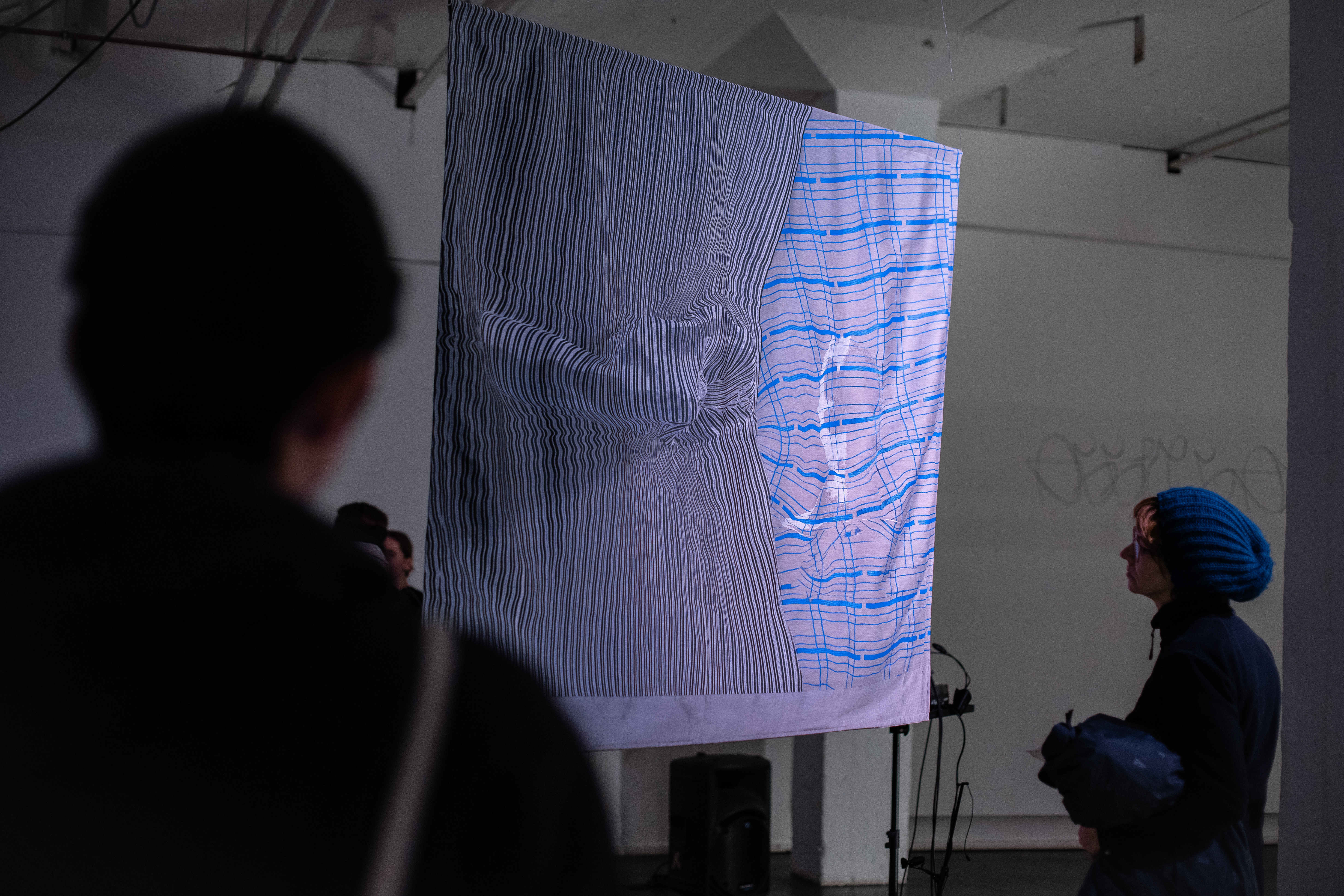
Tactile Volumes
Clara Ormiéres
Using our visual fascination for surfaces and propagations, Tactile Volumes shows a new way of producing textiles. Looking at how we tangle today between the virtual and the tangible, this process uses Computer Generated Images to create new woven patterns and integrate them within the structure of the cloth. Virtual and real are then woven like warp and weft, rendering an image that plays with our per ception of tactility. A cloth is digitally rendered, colliding with recognizable volumes and bodies, such as a head or two hands shaking. The rendered image is then woven on a jacquard loom.
This project was developed in collaboration with EE Exclusives.
Clara Ormières is a French designer who recently graduated from the Design Academy Eindhoven. She works on our relation to cultural identity and media exposure through interactive installations mixing video, textile and print. Through textile, her current field of exploration, she wants to tackle our relationship to image and to the real, creating new ways of producing garments. She is currently based in Paris.
www.claraormieres.fr
Janne Schimmel & Moreno Schweikle
The installation “Flatscreen” is a visual investigation into the re lationship between a physical object and it’s digital counterpart. For it’s omnipresence in the digital and physical realm we chose the monobloc garden chair (it’s conception not being possible without
the help of computer modeling software) as a perfect candidate to re present both worlds. By flattening the side, front and top view we create flat duplicates of the chair from which we construct a new 2D representation. On these flat views we print a render of the 3D digital representation to mimic the original spatiality of the chair. The capturing of 3D space on a 2D surface has always played a major role for mankind to be able to understand it’s surroundings (paintings/ photographs). Since the screen became a widely used medium to per ceive the world we think it is interesting to reverse the tools of our ancestors by now capturing the 2D surface (screen) in 3D space in order to get a better understanding of our digital surroundings. We think that the ongoing development of technology is rapidly closing the gap between the digital and physical realm. That’s why we believe that it is important to start to imagine the impact of these two worlds merging. By investigating if a flat medium can represent 3D shape outside of the realm of the computer screen we want to see if the application of digital constructs in the physical world can help us to come up with new ways of looking at shape.
Schimmel & Schweikle is a design duo consisting out of Janne Schimmel & Moreno Schweikle. Their work revolves around the nexus of technology, art and culture. In that realm Schimmel & Schweikle mainly focusses on developing concepts that deal with the closing gap of the digital and physical realm. These concepts result in furniture, products and installations.
“We both share an interest in searching for the expressive potential in objects that at first glance seem to be bland. Archetypical objects that we encounter a lot during our everyday life. For us this is a motivation to work with these shapes and try to reinvent what they mean and how they are looked at. We often develop methods that allow us to move seamlessly from the digital to the physical realm and back. To investigate what kind of new approaches to the way we design the world around us emerge.”
www.schimmelschweikle.com
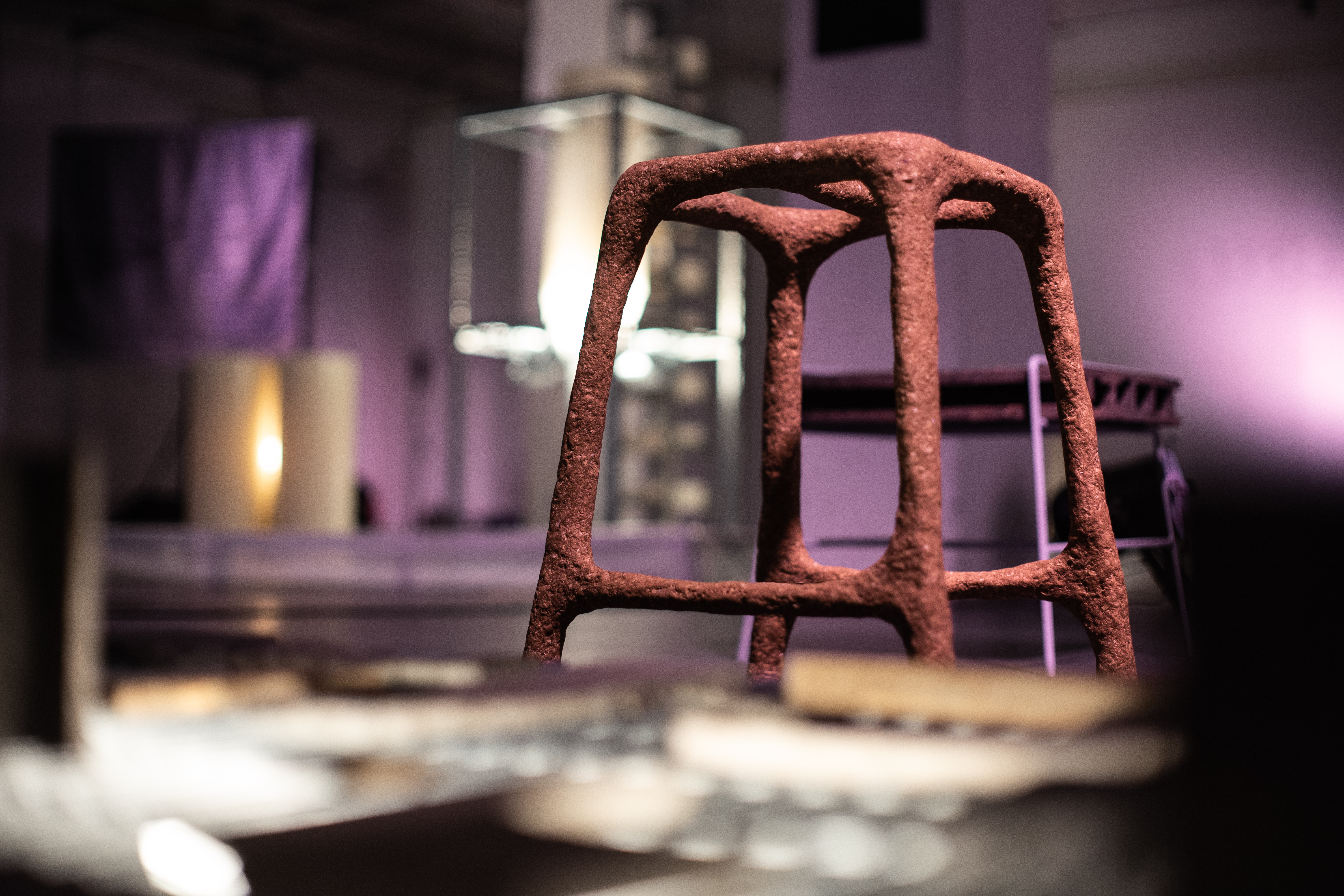
Neu Lignum
Nils Ahrenberg & Sebastian Guzman Olmos
For the last four months, we have been researching the topic of innovation with biomaterials. These leads us to come across various ‘biodegradable’ alternatives, which can potentially replace some applications of synthetic adhesives currently used by manufacturers; to achieve more efficient management of our planet’s finite resources.
The focus was on the combination of wood fibers and plantbased or animalbased biopolymers such as potato starch, and casein pressed into particle boards aiming to substitute UFresin (ureaformaldehyde resin) because of its negative impact on health and the environment. While design innovation is important we aim to achieve a new paradigm regarding what materials are made of and how they can be reused.
‘Aggregat’ a German word for a condition of a material we decided to stay close to the conventional understanding of the term. On one hand, by looking at the different stages which our material has during the production process and on the other hand we interpreted the theme as being a mediator between industrial and natural, polluting and sustainable design.
Nils Ahrenberg, born in Berlin, Germany in 1995. currently studying at Design Academy Eindhoven in the ‘Man and Wellbeing’ department.
Sebastian Guzman Olmos, born in 1987 in Buenos Aires, Argentina. “I have a background in Graphic Design, currently studying at Design Academy Eindhoven in the ‘Man and Communication’ department.”
We are friends, housemates, fellow students and started our collective work together at Design Academy Eindhoven.

“V(T)”
Gelbrosa
Die ausgestellten Objekte bestehen aus Wachs, einem Material, dessen Aggregatzustand sich mit einfachen Mitteln verändern lässt. Die geometrischen Körper verlieren ihre ursprüngliche Form, indem sie mit verschiedenen Leuchtmitteln in Verbindung gebracht werden. Die Kombi nation aus wärme erzeugenden Leuchtmitteln und wärmeempfindlichen Material führt über den Ausstellungszeitraum zu neuen und einzig artigen Formen. Die Änderung des Aggregatzustandes wird zum Gestaltungs element. Die Vergänglichkeit der Wachskörper findet mit Abschluss
der Ausstellung und dem Umlegen des Lichtschalters ein Ende. Im Anschluss an diese Ausstellung sollen die reduzierten Volumen einen finalen Aggregatwechsel im Sinne einer Materialänderung durchlaufen. Im Wachs ausschmelzverfahren wird Wachs zu Metall. Die Offenheit des Resultats führt zu einer Funktionsgebung durch die Form.
Das Projekt „V(t)“ wurde durch Engels Kerzen GmbH ermöglicht.
Gelbrosa setzt sich aus Carsten in der Elst und Leon Schniewind zusammen. Mit ihren Arbeiten lösen sie sich von dem Konzept der ergebnis orientierten Gestaltung, hin zum prozessgebundenen, konzeptionellen Design. Entgegen etablierter Gestaltungsgesetze folgt die Funktionali tät dem Prozess und der Form. Die Arbeit von Gelbrosa bricht mit üblichen Vorstellung von Design. Stattdessen steht das Experiment im Vordergrund, es ist Prozess und Ergebnis.
www.gelbrosa.com

“HYPERSTITION:VIRTUAL ROOTS”
Clara Escalera
As Augmented Reality becomes embedded within everyday life, the digital world will create layers of intangible possibilities on top of reality. This will have an effect on the way we project identity. In Hyperstition, I put myself in the role of an identity designer of
the future, using AR as a new step in the discipline of fashion. Tra ditional fashion design has always been based on limitations of tangible textiles, however, when AR becomes part of the process, what is physically possible becomes a secondary issue.
The new limits are set by how far digital design can go. Instead of wearing fabric and seams, we’ll be wearing code, our clothes will
be rendered rather than sewed.With virtuality taking its position in fashion design, digital fantasies are able to have consequences in real life. This phenomena is known as hyperstition.
Clara Escalera is an Identity Forecaster creating concepts driven on mainstream and popular culture. With her projects, she eases the viewer into future scenarios by giving them feelings of hope, joy and excitement about what is up and coming. Technology, fashion and identity are for her a lens from which to look at humanity at a certain point in time, and she uses them frequently as storytelling tools.
www.claraescaleradesign.com
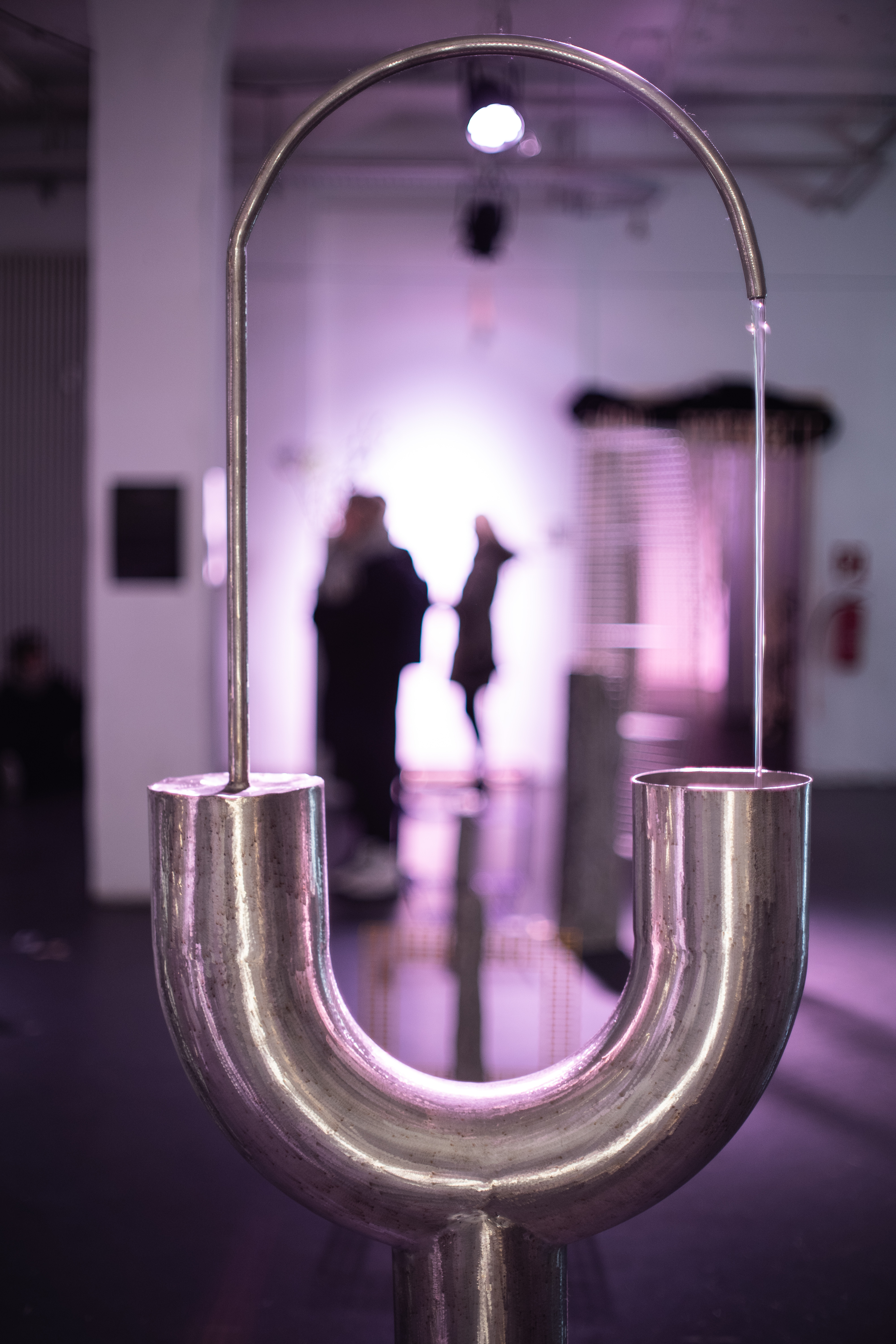
Bob’s Blanks
Studio Kuhlmann
“This is an amazing fountain. It is so impressive and Elegant. I would highly en dorse this product and the Owner of this company. Bob is so personal and makes sure you have everything you need throughout the process. If you want a high quality product for the best price anywhere this is the place. If you want a $500.00 fountain from Lowe‘s or Home depot that is what you will get. Our neighbors are impressed and our home stands out with this fountain as a focal point. I am so
glad we decided to order from Fountains.com!!! Thank You again Bob for everything!!” (https://www.fountains.com/indoorwaterfountains)
Relaxing Ambience. The calming sound of water trickling in an indoor fountain can create a relaxing ambience for any room. Whether it’s in a sitting room in your home or in a waiting room of a dental office, indoor water features can help people unwind, relax and feel comfortable. The relaxing ambience also encourages people to stick around and return.
Aesthetic, Beautiful Appeal. The styling, shape and materials used in indoor foun tains today have greatly improved and are more varied. Today’s indoor fountains can complement and enhance a variety of décor and interior styling. Whether you’re looking for something modern, classical or even custom, you can now get the per fect looking fountain for your space.
Improves Air Quality. When the water evaporates from your indoor water features, negative ions are released. These negative ions cleanse the air, making it more refreshing to breathe. The clean air also helps you think more clearly and focus better. Doubles as a Humidifier. Wall mounted and free standing fountains add to the moisture of the room, making it more humid. This is great to have when one is con gested due to a cold or illness. An increase in humidity is also good for your indoor plants, making them healthy and vibrantlooking.
Improves Quality of Life. The peaceful, gentle trickling of a home water feature is a great destressor. It promotes relaxation, thoughtfulness, peace, comfort and sleep. More sleep and less stress make one naturally more energetic, happy and optimistic, leading to a heightened quality of life and better health.
Low Maintenance. Home water fountains are easy to maintain, requiring a water refill every week or two and a deep, thorough cleaning every 46 months. The cleaning simply involves turning off the fountain, draining the water, wiping down the out side surface of the fountain and the inside tubing, motor and plumbing of the fountain.
I’m Hannah Kuhlmann, studied product design at the Art Academy of Fine Arts and Design in Maastricht, in 2016 I founded my own design studio called Studio Kuhlmann based in my hometown Cologne. Studio Kuhlmann mainly works with interiors and selfmade furniture. The main studio’s purpose is to think between disciplines, create uncommon funny spaces and objects.
www.hannahkuhlmann.hk
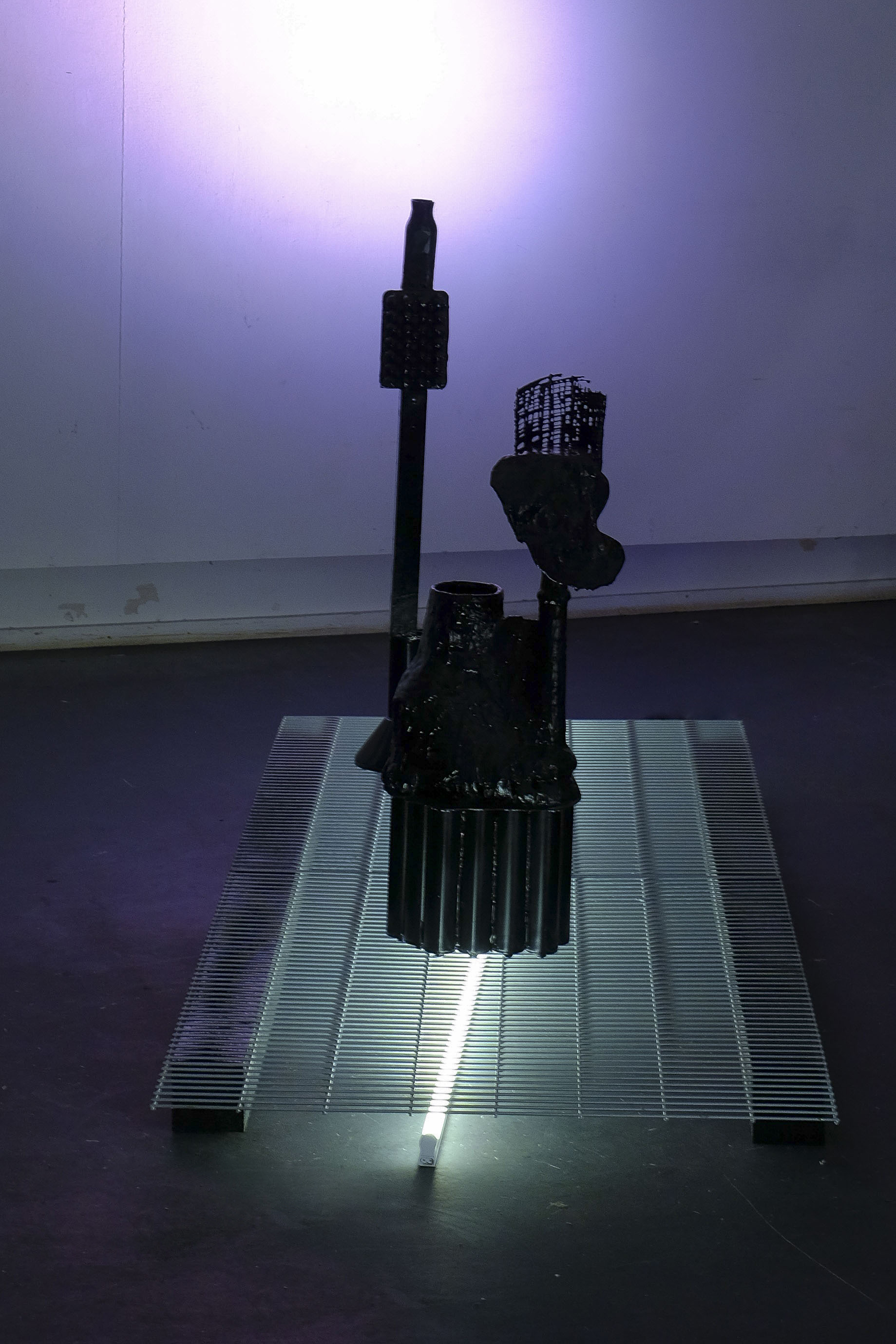
ROSANNE AHYI
The abundance of information we face daily is mostly visual. Indeed, the society we live in, lean on an imagebased culture. This abun dance has been intensified with the development of new technologies and a constant increasing of the speed. In fact, the perception we have about objects has also been modified due to this. The disposability of 3d model libraries, which provide millions of 3d objects ready
to be printed, laser cut or milled by a machine, do well represent this phenomenon.
The goal of this project is to question the abundance and accumulation of shapes, objects and textures available in those digital platforms. Create an object that would witness the randomness, the complexity and sometimes the absurdity of it.
My name is Rosanne, I am a French product designer.The way I perceive this particular design field, lies in the possibility it offers, to tell stories. I see it as a tool for dialogue, an open door on poetry, dream, desire, and sensitivity.The work I produced, so far, is a reflection between the contemporary culture, a taste for avantgarde and trust put in the unknown, in order to push forward the boundaries
of design.
www.rosanneahyi.com
101PS
info@101ps.space
+49 174 694 343 1
Hartwichstraße 101
50733 Cologne
Germany
info@101ps.space
+49 174 694 343 1
Hartwichstraße 101
50733 Cologne
Germany
© 2020 101PS
